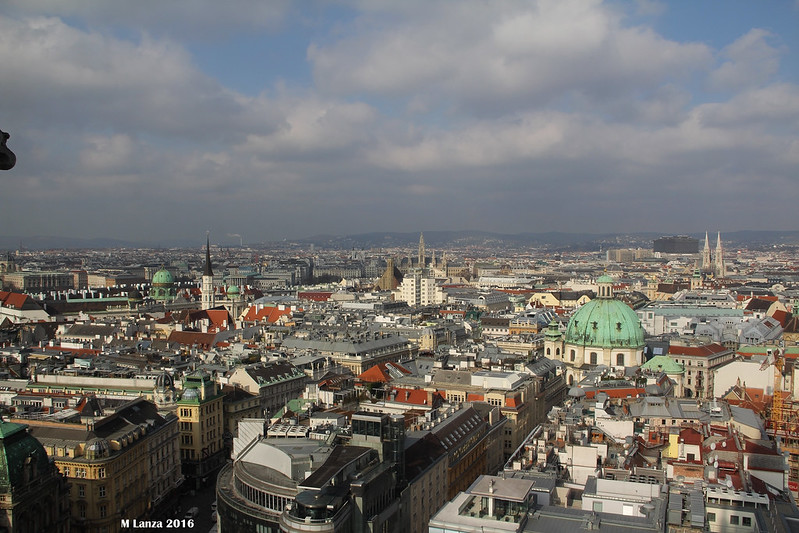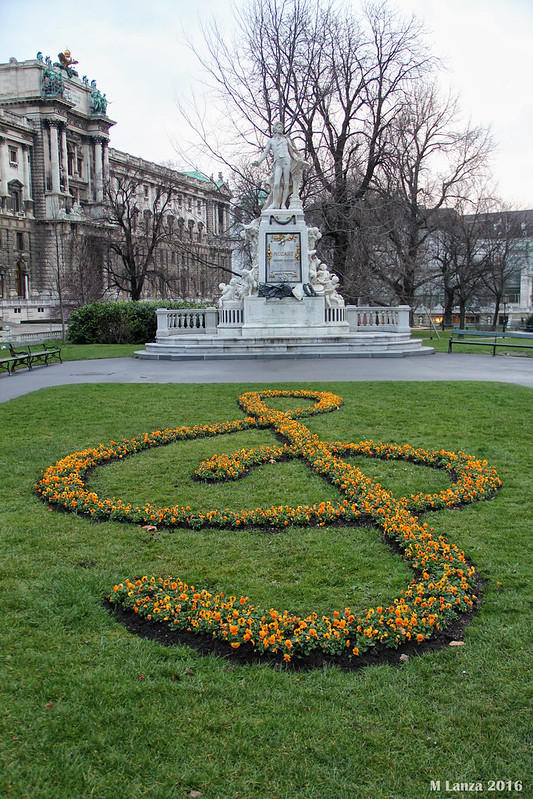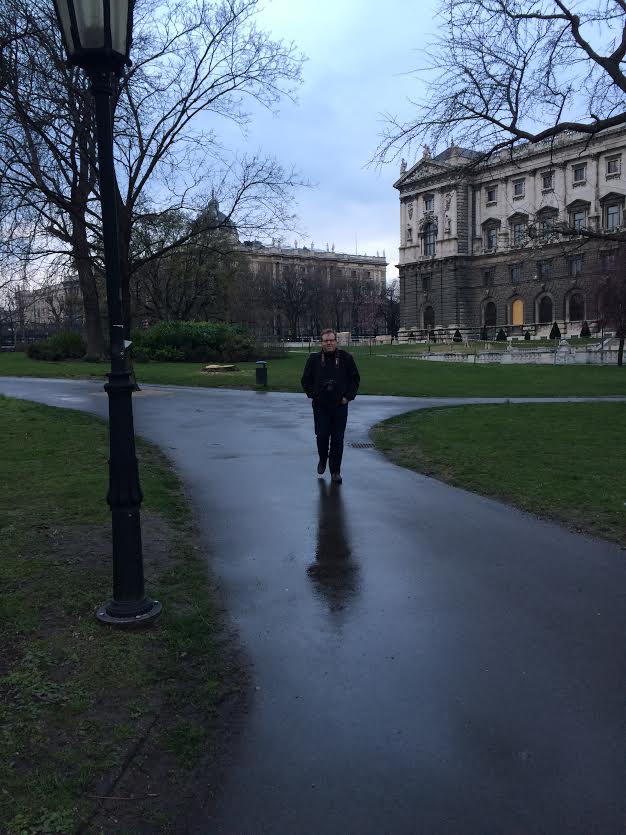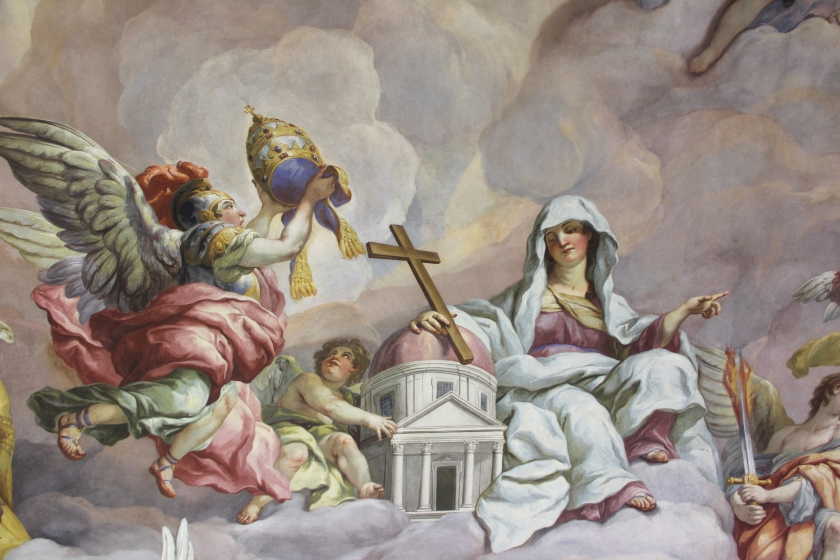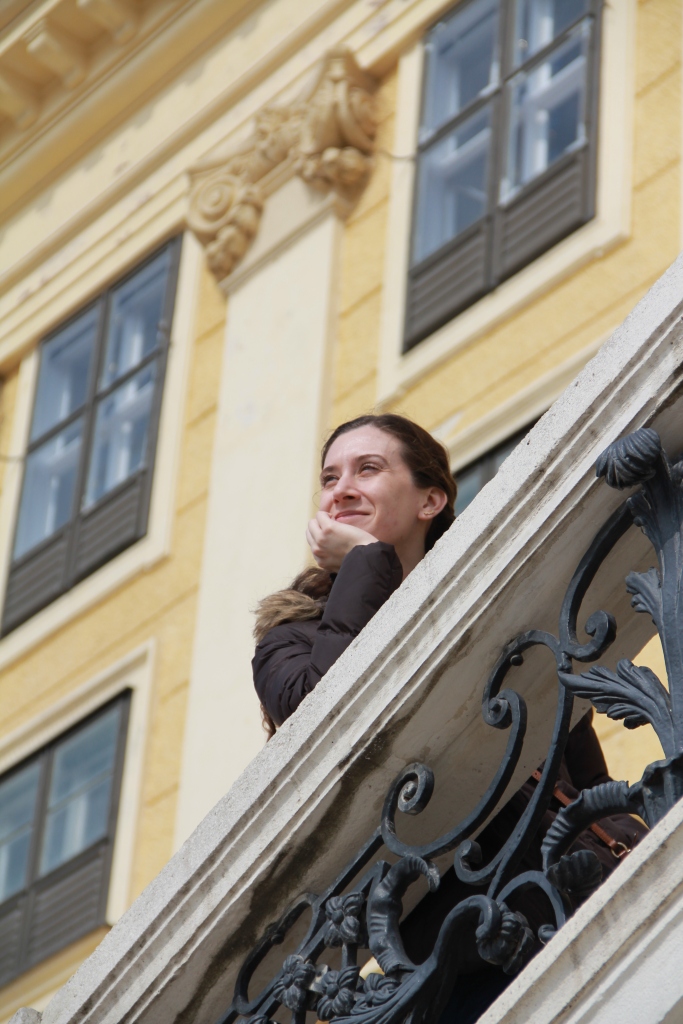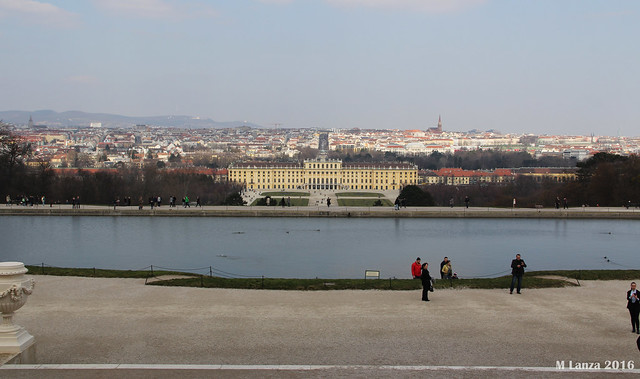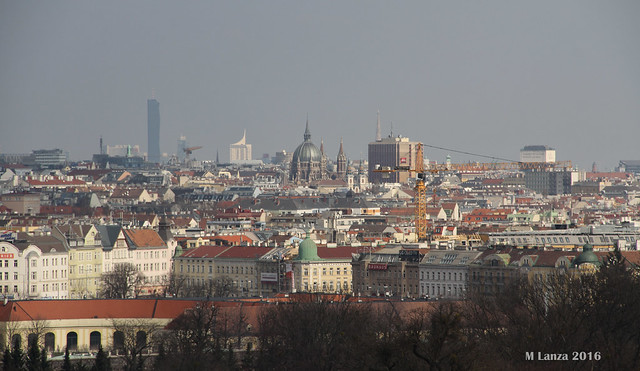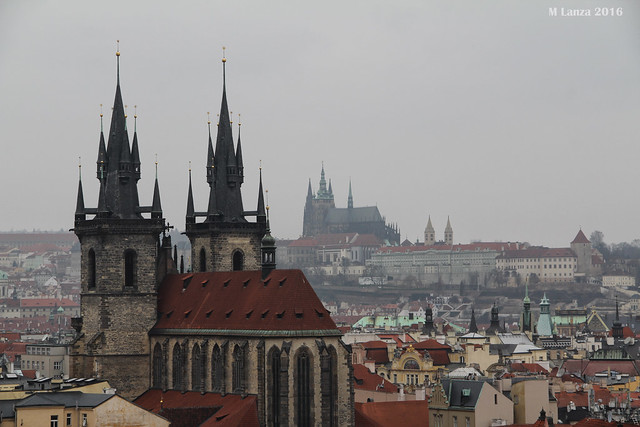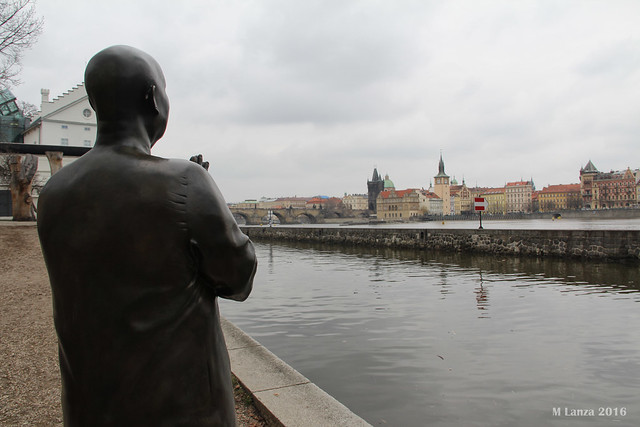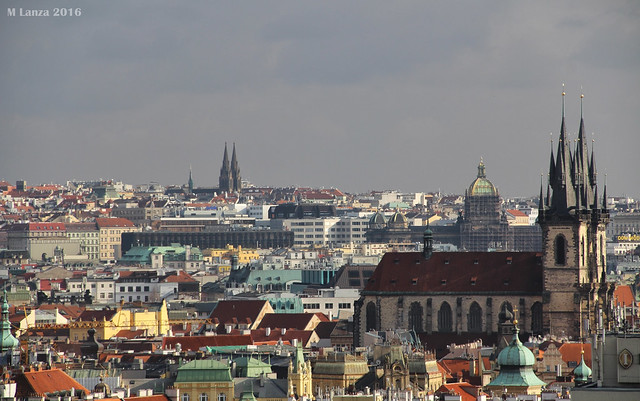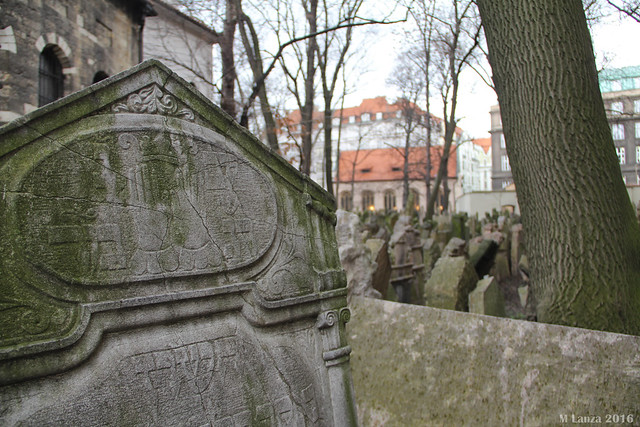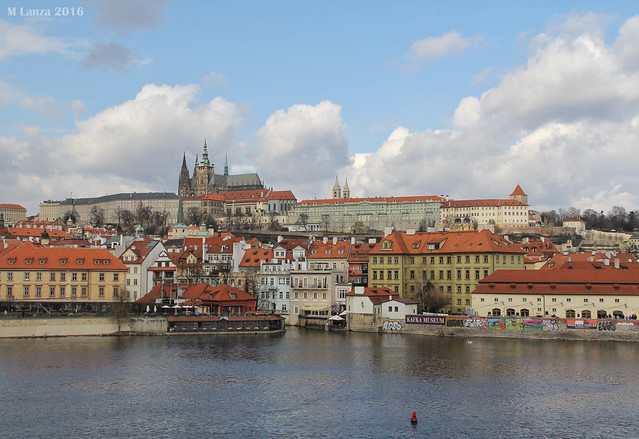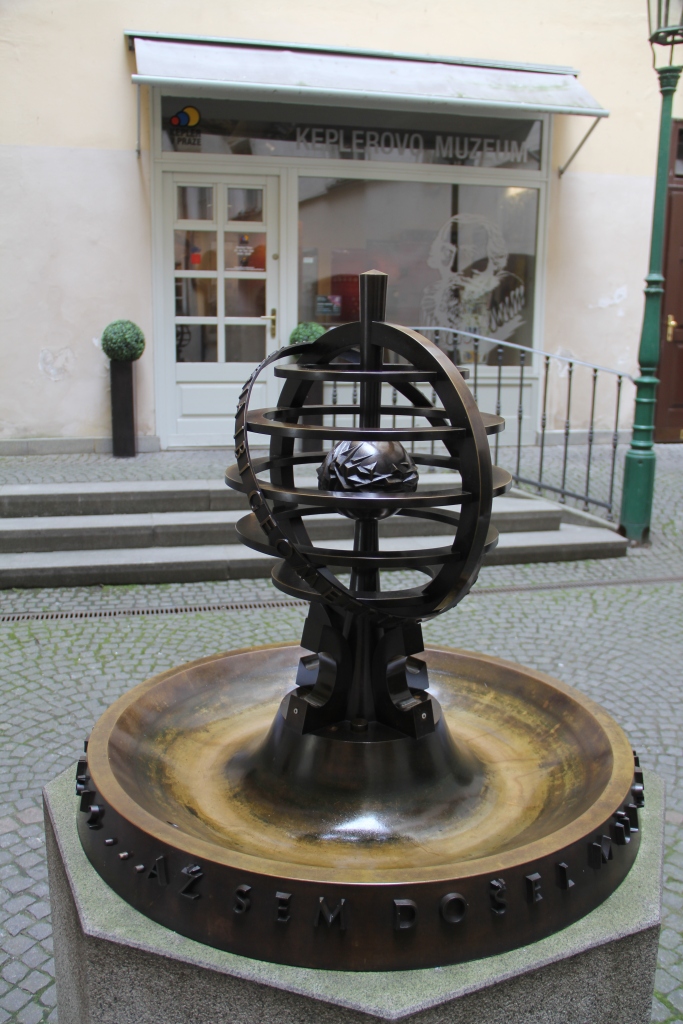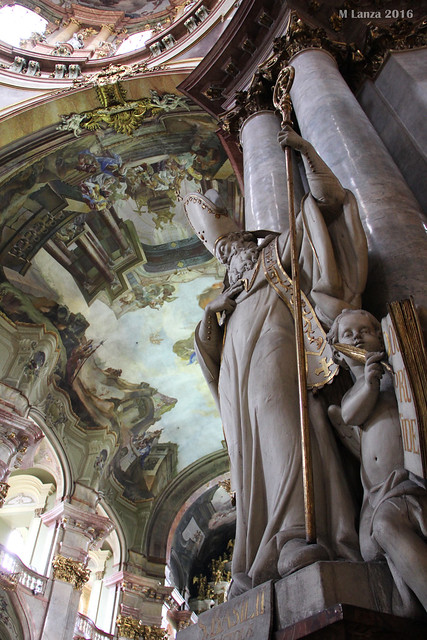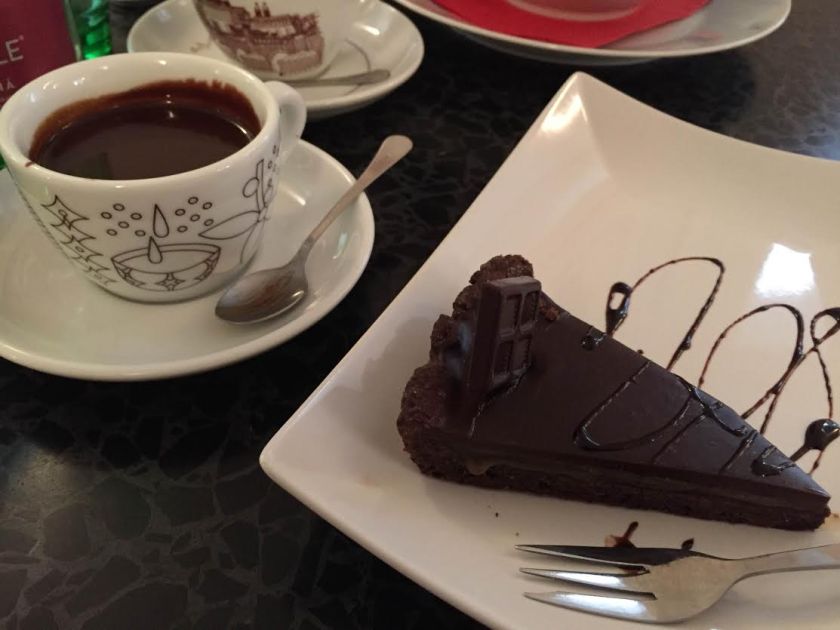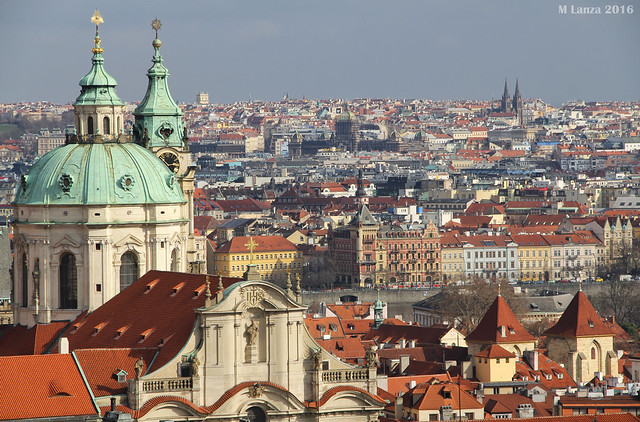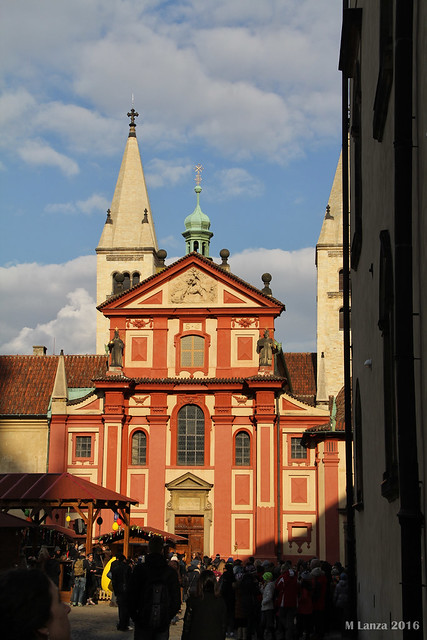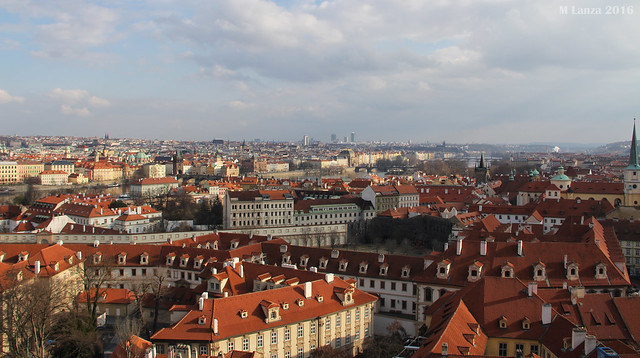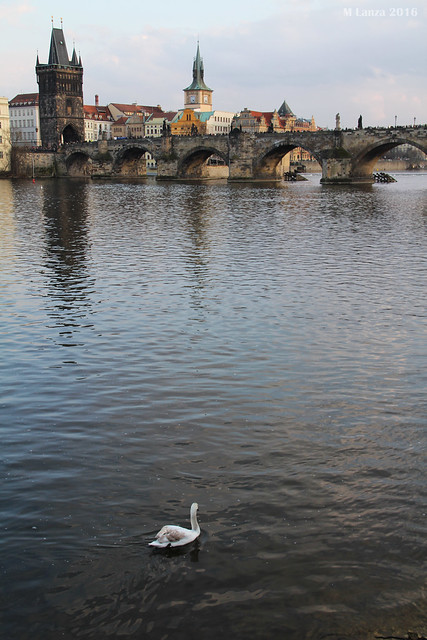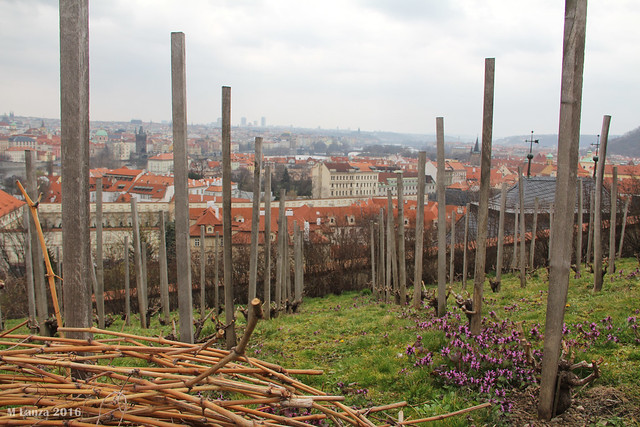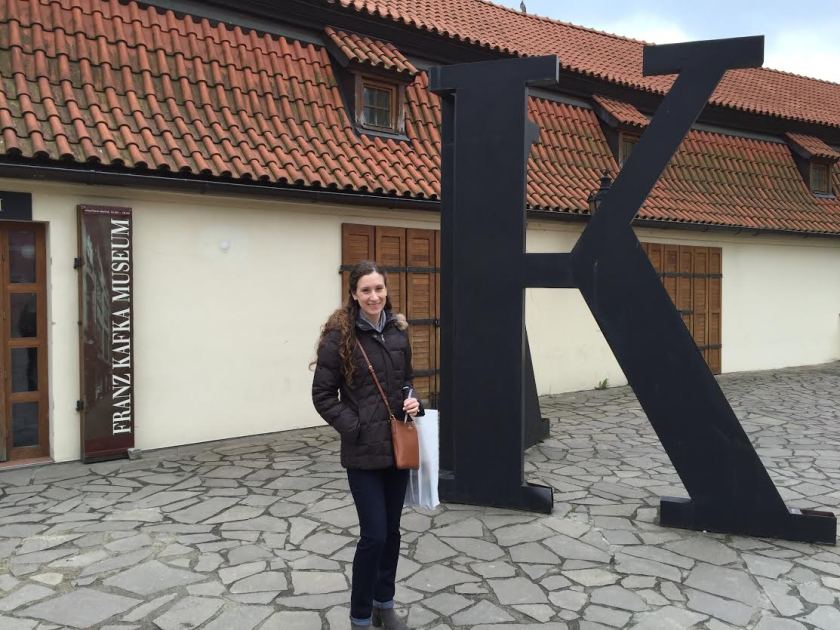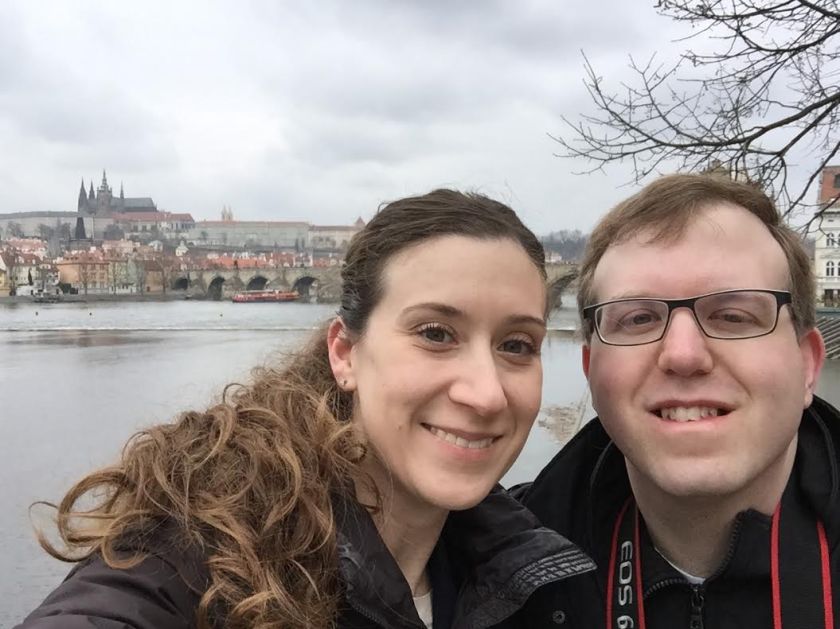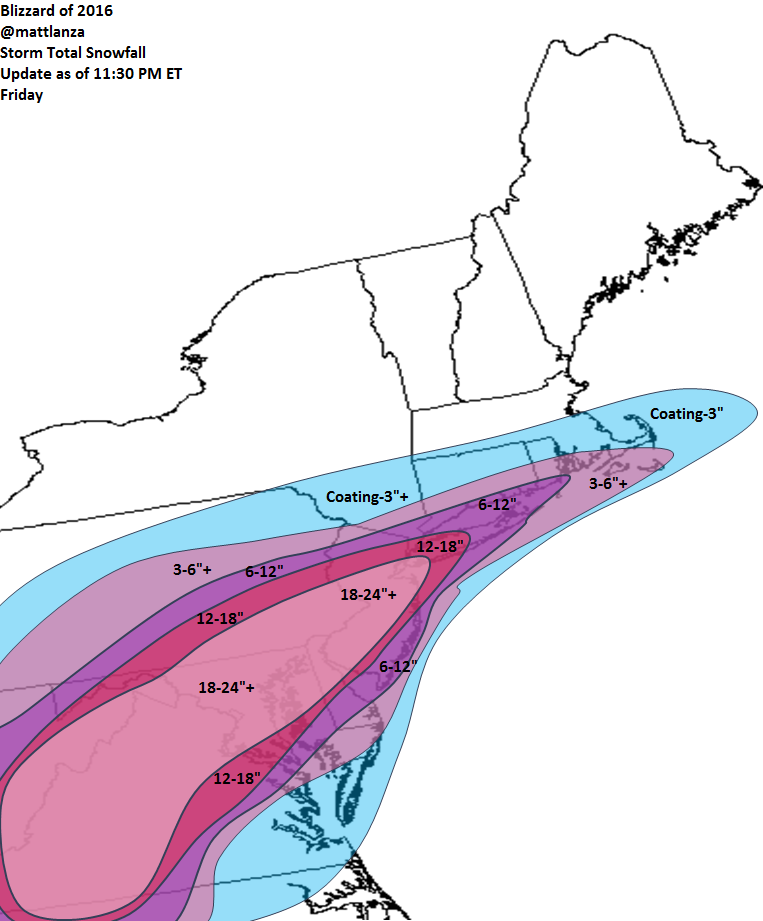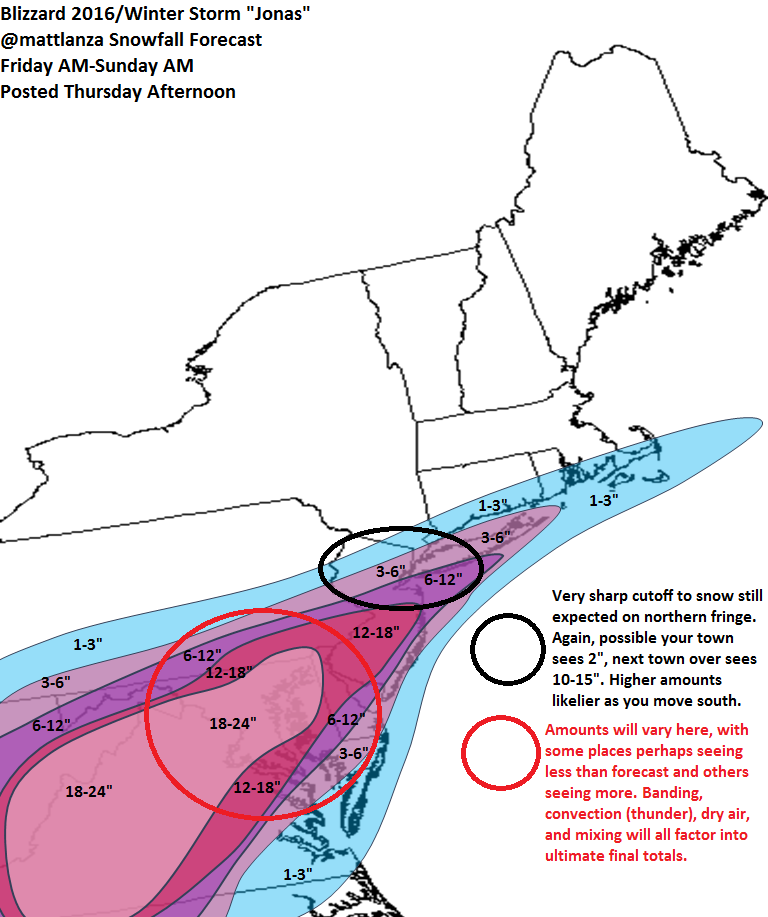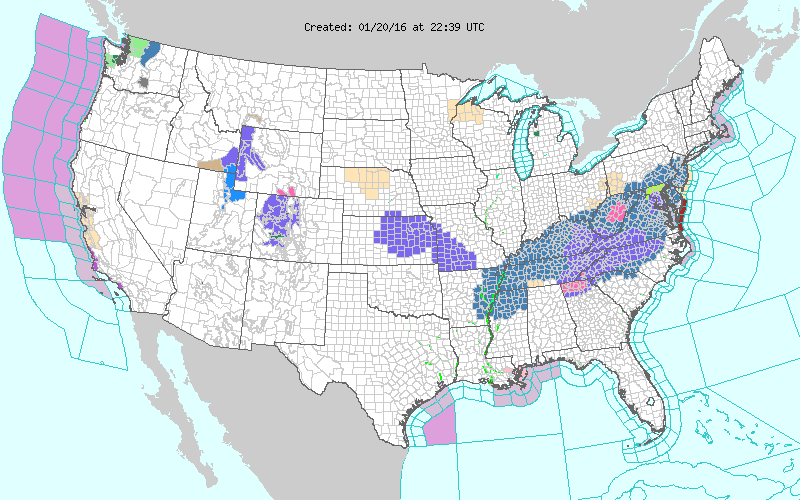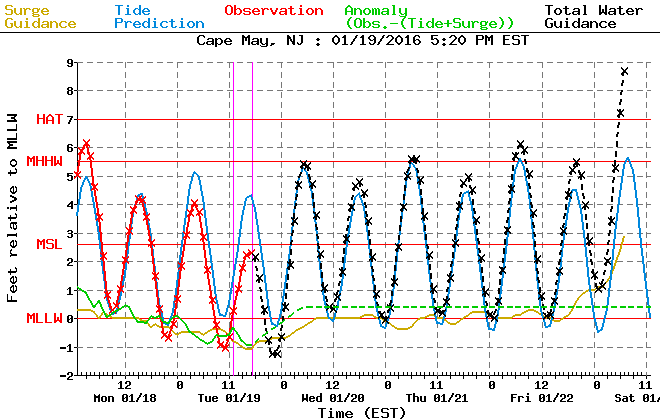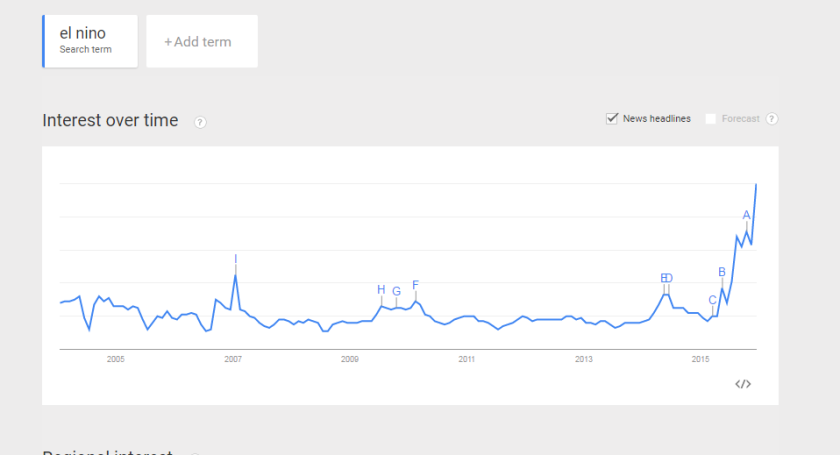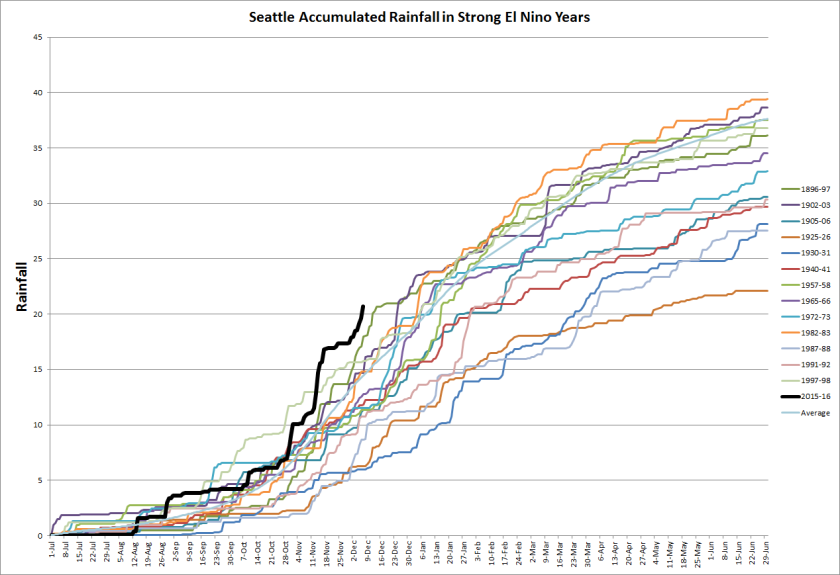There will be a lot of hot takes and some lukewarm ones too after Stella, the Blizzard of 2017. I’m going to try to add a practical take to the mix. Some post-mortem thoughts. These are just my own thoughts. I felt this was a mostly good forecast by a lot of people. Many people I know were emphasizing risks and uncertainties right out of the gate, and I think unless you blatantly weren’t paying attention, you should have known that this was a high risk storm. So this isn’t a criticism by any means. It’s just to continue and extend the dialogue.
1.) Northeast winter storms are not easy to forecast in any sense, any scenario, at any time. Factors involving storm dynamics, ocean temperatures, exact storm track issues, snowfall gradients, orographics, etc. make them inherently complex to forecast and lead to a reality that’s more often a patchwork of impacts rather than a smooth outcome. This is something people in the Northeast *should* understand, though I’m not always certain they do.
2.) It’s not sexy to say “we really don’t know for sure” ahead of time, but it’s a message that I think needs to be hammered home again and again, especially in storms like this. If you looked at a snow forecast map without context, you would have been shocked when you woke up on Tuesday. The fact that these storms are inherently difficult to predict should make this point a regular one in these events.
3.) The NWS experimental “expect at least this much”/”potential for this much” snow graphics have tremendous potential public value, but we need to figure out how to use them without being laughed at. The old “we could have zero to 15 inches” line is used as a joke by people. How do we make them actually see the value in that (can we even make them) rather than a punchline?
4.) Model snow forecast maps shared widely, loudly, and proudly will not change. We have to accept that info is out there, it sucks, it’s frustrating, but the beast has been unleashed and isn’t going back in the cage. How do we work in that environment without perpetually complaining about the fact that it happens during every storm?
5.) With point 4 in mind, how do we get people to focus on the bigger picture and not just the IMBY snow forecast? Is there a way to do it? What about mixed precip? If there’s mixed precip, how will it impact snow totals? And if there’s mixed precip, what other impacts could they cause? What about wind? What about coastal impacts? What impacts matter most?
I don’t personally like using myself as an example, but I’m going to grudgingly do it now. Back in my TV days, we had a ridiculously complex storm in Upstate NY, with a lot of mixed precipitation, issues with snow totals, ice totals, changeovers, etc. I went on air with one of the worst looking maps I think I’ve ever made. But for how I explain things, and how I figured our viewers would want to be told about things, it worked. It broke the DMA into sub-regions, and I spent some time explaining how each one would be impacted by the storm, etc.
Now, a lot of TV mets do this kind of thing already. And I’m not saying the way I went about it is the right way to do things. It probably isn’t. But it worked for the situation and it made me feel comfortable that when I got off air, I left people with as much as I knew and what uncertainties existed.
TV meteorologists are pressed for time, but with all the methods of reaching your audience today and all the information available, I think it’s incredibly important to leave as much as you know out there. Most people know this, but I think it’s a good point to re-emphasize.
6.) Naming winter storms continues to cause some debate, but that’s silly. That ship has sailed. I think it’s pretty clear that it pretty much works. I think it’s time to expand and standardize it, and I wish all parties would get on board with it.
7.) Forecaster gut and experience still matters. Based on data and what I’ve experienced, I knew on Sunday that this wasn’t going to get any easier. I prepared myself mentally to understand that there wasn’t going to be an ideal forecast put out during this event and that it was going to be a major challenge up to the last second to emphasize uncertainty. It allowed me to worry less about the forecast specifics and details and more on communicating the risks and problems. Even in an age where weather models are getting better all the time, I think your “gut” (ie: your experience coloring your perspective) is an underrated and vitally important forecasting tool.
8.) Everyone that’s a forecaster in meteorology needs to just breathe for a moment. People are going to be upset and angry over the forecast. Some people will be totally content and thrilled. It behooves no one to get cranky on someone complaining about the forecast. At the same time, it doesn’t make much sense to “celebrate” this forecast, unless you nailed it. This was a tough forecast; we all knew it going in. Sometimes, yes, people don’t listen, don’t read, only see what they want to see or hear what they want to hear. Sometimes we’re expected to go beyond what we’re capable of and beyond what the models and science allow to do in a forecast. There’s not much we can do there. Explain the uncertainties beforehand. Brace your audience for various outcomes. And accept whatever it may be at the end. You don’t need to apologize unless you feel like you had to, but you also don’t need to negatively engage people who may not necessarily be open to reason. It’s a humbling field, it’s a crazy world, they meet in 2017 online. Try to make the best of it.
Anyway, feel free to disagree with me and tell me I’m wrong. But I hope this can spur on some good conversation.

